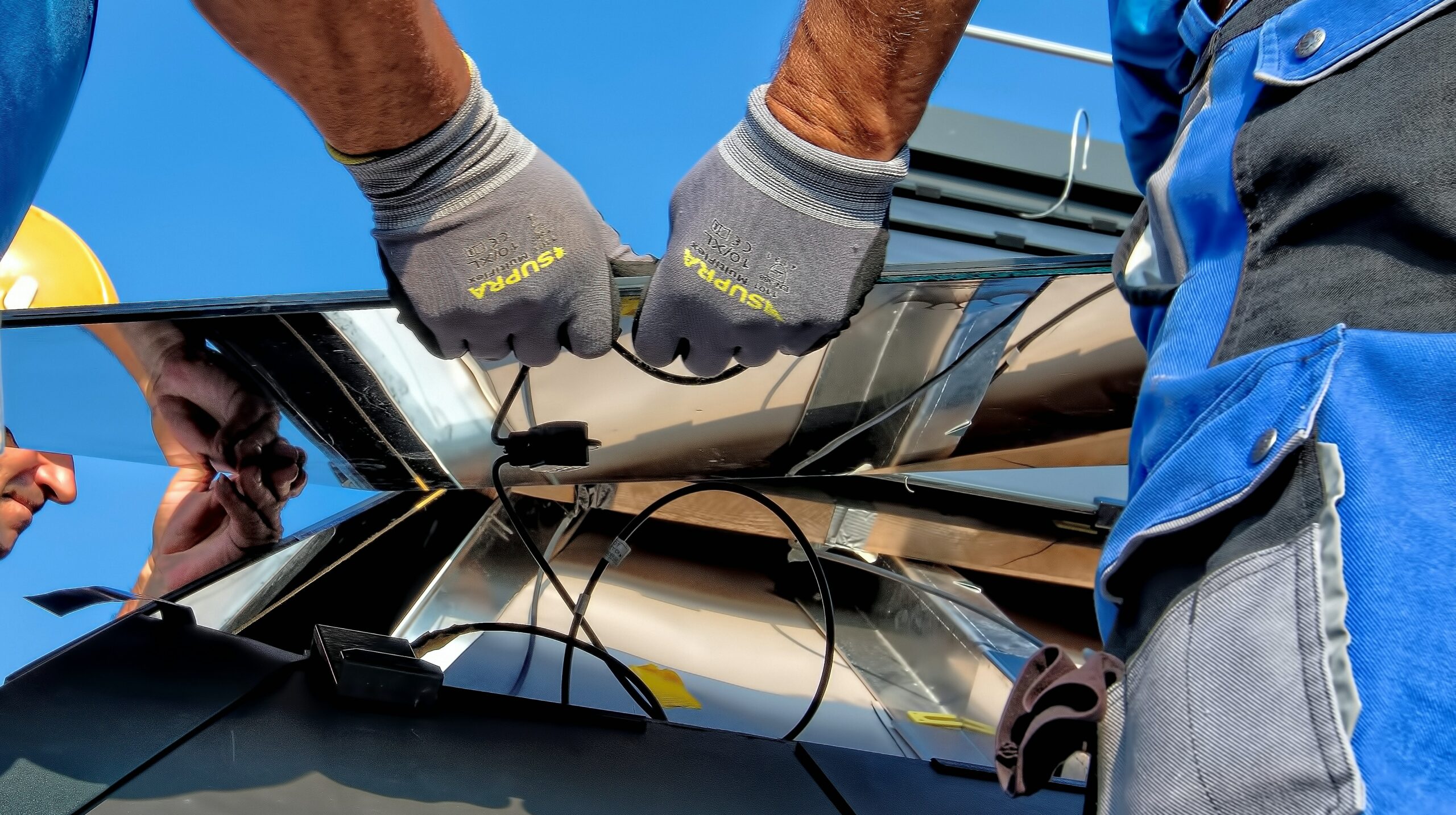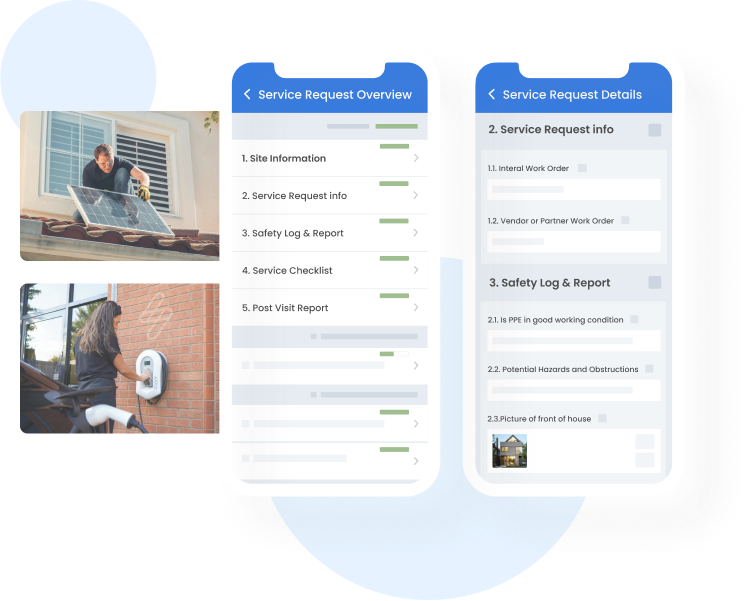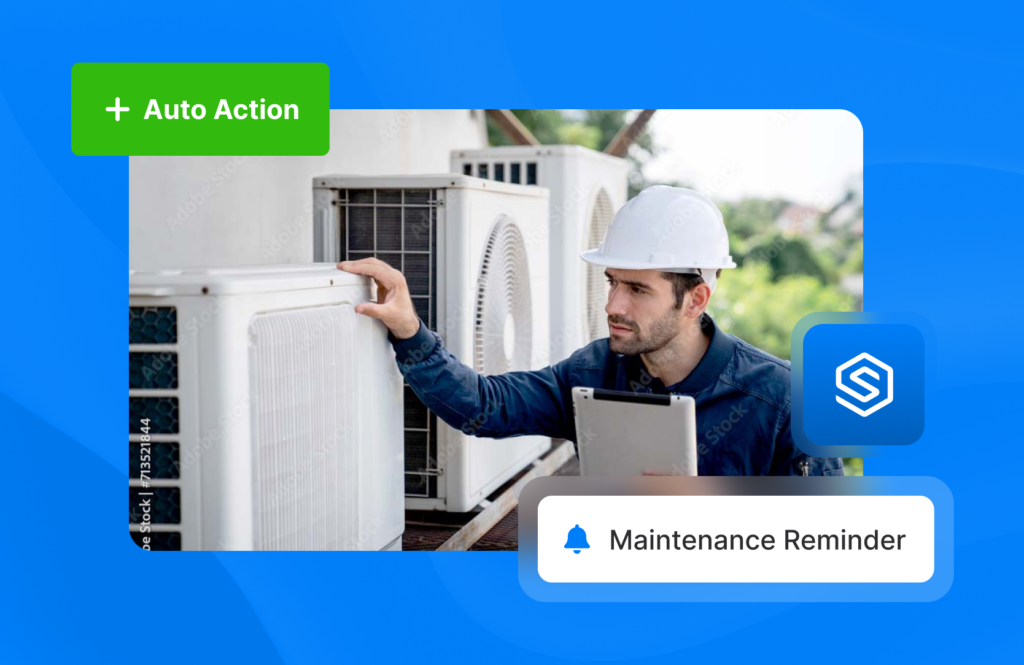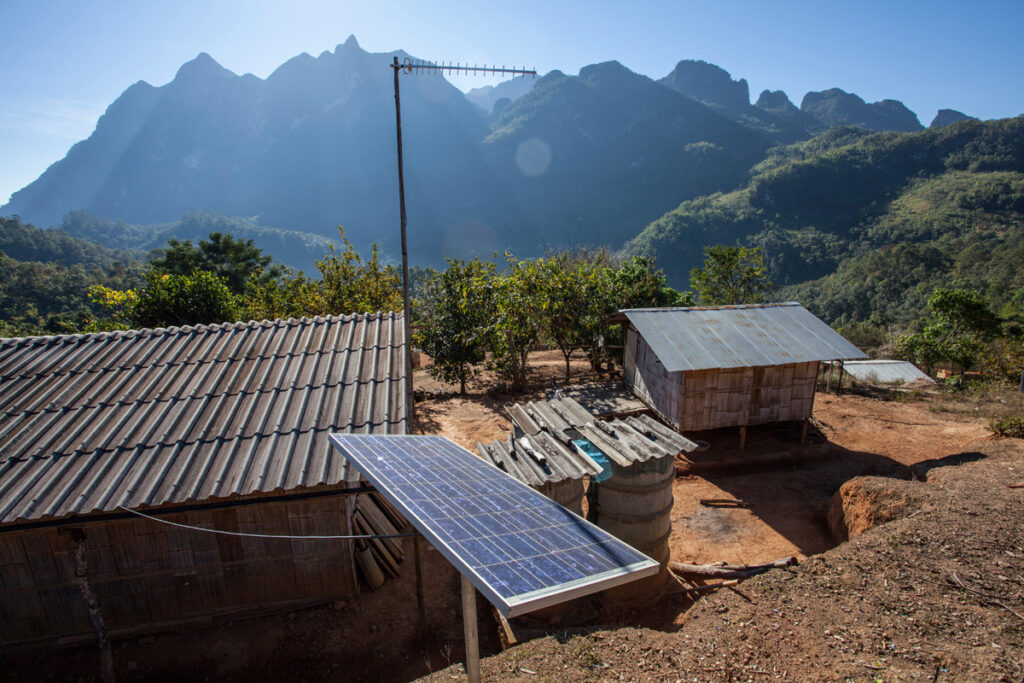What is O&M and how does it change within the context of the solar energy industry? How about in residential installations versus large scale commercial power plants? Strategic O&M is proactive, not reactive, and there are steps that your solar business can take to prepare yourselves far before equipment and system performance starts to decline.
What is O&M?
Simply put, O&M stands for Operations and Maintenance and involves the functions, duties, and labor associated with a system in order to keep it running properly and efficiently.
What is Solar O&M?
Solar Operations and Maintenance applies the same principles and activities of traditional O&M, but is specific to commercial and residential solar PV systems. The practice of solar operations and maintenance is multifaceted and involves a number of best practices. On the operations side of solar O&M, your solar energy company must consider both asset management and service management whereas the maintenance aspect is primarily focused on preventative maintenance, corrective maintenance, and condition-based maintenance.

Preventative maintenance includes the proactive inspection and monitoring of equipment to avoid breakdowns, identifying concerns, and ensuring tools are being well maintained. Corrective maintenance involves repairs that take place after a breakdown that minimize downtime and restore of system performance. Lastly, condition-based maintenance uses real-time and historical analysis of solar system production and performance data in order to predict breakdowns. In this way, asset managers and owners can prioritize resources, services, and support to maintain equipment and reduce future risk factors.
Commercial Solar O&M vs. Residential Solar O&M
Since residential and commercial solar panel systems vary in terms of size, project duration, and equipment, your O&M solar services will depend on whether your system is a small-scale rooftop system or a large commercial installation.
Plans for larger commercial projects tend to focus more on preventative strategies, while rooftop installations are typically more “reactive.” This is due in part to commercial properties being able to handle regular truck visits from solar maintenance crews. Additionally, residential systems are typically much smaller, and in the event of a problem, a small crew can be easily dispatched by an O&M company to repair that system. On the other hand, an issue with a commercial system can take up more resources on the service company’s end.
Quote taken from EnergySage
Why Does Solar O&M Matter?
Solar O&M gives solar plants, energy companies, system owners, and service providers peace of mind on an investment. Done well, solar O&M and the preventative maintenance that comes with it can have a number of benefits for system owners. From improving customer satisfaction and long-term system performance, to greatly reduce maintenance costs associated with labor, support, warranty, and equipment repairs or replacements.
While many first think of the maintenance side of solar operations and maintenance, as mentioned earlier, the operational side that includes asset and service management cannot be ignored. As the solar energy industry matures, it is more important than ever for renewable and solar system companies to consider implementing reliable technology such as solar performance monitoring systems and solar service management software that can streamline energy production, improve performance, consolidate resources, and enforce best practices.
Related: Case Study: Ameresco Leading the Charge with Solar O&M Innovation

Solar Project Management + O&M Solutions
Solar O&M software – and solar software in general – comes in a variety of forms. Scoop is a powerful and versatile solar project management platform that provides solar system owners with effective and reliable means for not only tracking and managing your solar installation projects, but also implementing and digitizing best practices for solar O&M. From service ticket creation and dispatch, to preventative maintenance scheduling and execution. If you are looking to improve your solar O&M services, here are five immediate benefits to using the Scoop platform.
5 Ways to Streamline Solar O&M with Scoop
1. Standardize service and preventive maintenance tickets
Standardized solar O&M tickets help to ensure no data falls through the cracks. Clear processes speed up onboarding, facilitate consistency, and eliminate inefficiencies collecting missed data. Scoop’s drag-and-drop service app templates, for example, allow you to create detailed checklists and add troubleshooting steps for specific service or equipment types. Configure workflows and Auto Actions™ to alert relevant team members when a service ticket is ready for review or action.
2. Reduce repeat service visits with a standardized solar PV O&M checklist
Similar to standardized tickets, you can also implement checklists that make it easy for your team to follow steps and best practices for each service visit. With Scoop’s Global Fields™, you can ensure historical service visits, documents, and data are populated in relevant areas for specific tickets or PV systems. When before and after, proof of repair, measurement, and other photo types are essential, you can create required fields that must be completed before your team leaves the job site.

3. Simplify service ticket creation and dispatch with a team-wide calendar
By consolidating service tickets in one place, you can streamline workflows for dispatch personnel, field technicians, PV systems and more. A shared, team-wide calendar fosters transparency across your company while access control rules allow your service team to filter the calendar and view only the tickets that are assigned to them. To accommodate the collaboration between office and field teams, the calendar is accessible on a native mobile app. No wi-fi? No problem. Scoop’s mobile app works offline to ensure service techs can always access relevant data.
4. Improve transparency and communication with customers
Keeping your customers informed with up-to-date and relevant information can have several benefits including increased client satisfaction and by automating these updates, you also save your employees valuable time that would otherwise be sent hunting down progress reports, customer contact information, and answers to their questions. You can enable self-serve options for clients through access to their own service portal where they can see tickets, add comments, and generate reports, or you can set up proactive email alerts. As service tickets progress, inform your clients when the service has been scheduled, their appointment date and time, and when the service is complete with an auto-generated PDF service report, all through the Scoop Solar CRM.
5. Automate data integration with your solar software tools
Achieve a fully connected and end-to-end solution leveraging your best solar software tools to create, dispatch, execute, report, and invoice solar O&M tickets through Scoop’s turnkey and hassle-free integration service (GLOO™). If you are currently using a solar CRM, help desk portal, or a solar monitoring system to capture incoming service inquiries and events, an integration with Scoop’s solar project management software can automatically create service tickets, auto-populate service request details, documents, and other relevant attributes, and dispatch them to field service personnel.
Similarly, if your service technicians are logging labor hours, with GLOO integrations you can seamlessly feed this data back to your accounting software and when service visits are completed, you can automatically trigger invoicing to your clients.
If your solar or renewable energy business is interested in exploring solutions to implement best practices, track and enforce compliance, and reach optimal performance across your solar system, reach out today.

Solar O&M FAQs
What is O&M in solar?
O&M stands for operations and maintenance. In the solar energy industry, this relates to the essential tools, systems, and technology that keep residential and commercial solar panels operating at their maximum efficiency.
What is an O&M provider?
An O&M provider refers to persons (whether sellers, affiliates of sellers, or any third parties) whose responsibility is the operations or maintenance of various solar components, a solar energy system, or a large-scale PV plant, for example.
What is BOM in solar?
A BOM is a Bill of Materials. In solar or specifically for PV systems, a BOM might include solar panels (modules), string or micro inverters, racking components and balance of system components.



